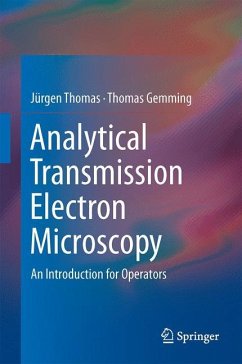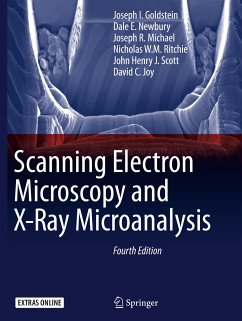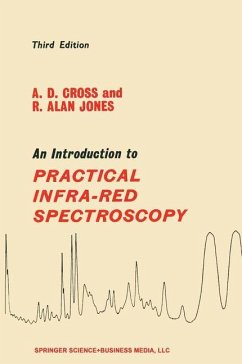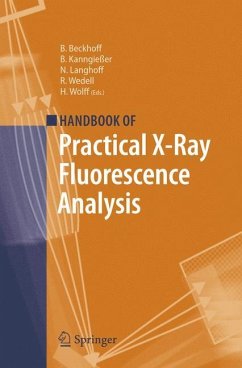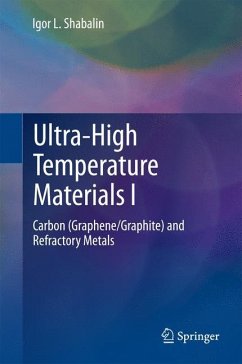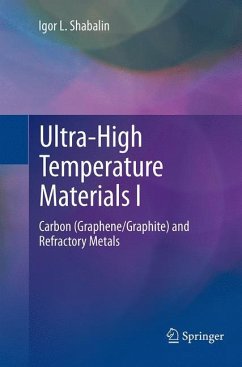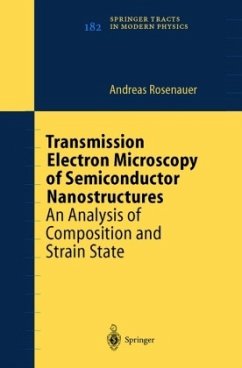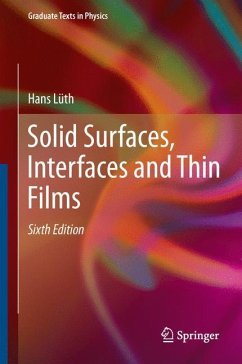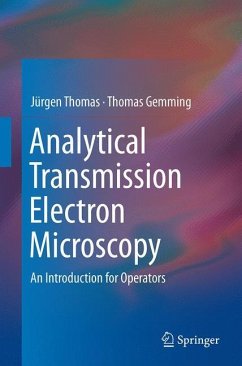
Analytical Transmission Electron Microscopy
An Introduction for Operators
Versandkostenfrei!
Versandfertig in 6-10 Tagen
38,99 €
inkl. MwSt.
Weitere Ausgaben:

PAYBACK Punkte
19 °P sammeln!
This work is based on experiences acquired by the authors regarding often asked questions and problems during manifold education of beginners in analytical transmission electron microscopy. These experiences are summarised illustratively in this textbook. Explanations based on simple models and hints for the practical work are the focal points.
This practically- oriented textbook represents a clear and comprehensible introduction for all persons who want to use a transmission electron microscope in practice but who are not specially qualified electron microscopists up to now.
This practically- oriented textbook represents a clear and comprehensible introduction for all persons who want to use a transmission electron microscope in practice but who are not specially qualified electron microscopists up to now.





